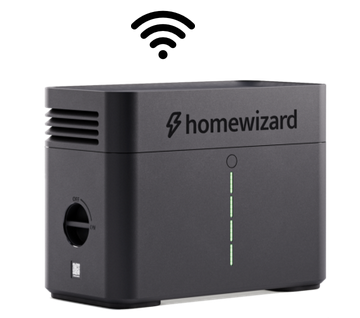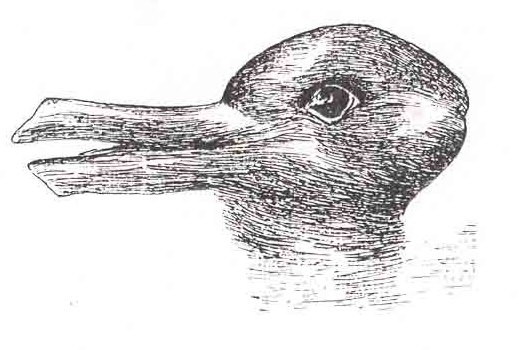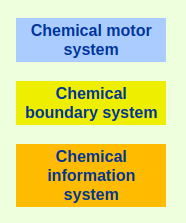De HomeWizard thuisbatterij is een prachtig apparaat, maar is volledig afhankelijk van een stabiele wifi verbinding. Bovendien gebruikt het apparaat alleen de 2,4 GHz wifi frequentie en heeft geen UTP netwerk kabel aansluiting.
De functie van de batterij is om overtollige zonnestroom op te slaan. En op een ander moment stroom te leveren wanneer er in het huis meer stroom gevraagd wordt dan de zonnepanelen op dat moment leveren. Zonder stabiele wifi verbinding weet het apparaat niet of er stroom wordt teruggeleverd aan het stroomnet en gaat hij die stroom niet opslaan. Die informatie krijgt hij via een wifi verbinding met de P1 meter. Die is aangesloten op de slimme meter in de meterkast. Direct na installatie werkte de batterij prima. Maar, na 3 maanden goed gefunctioneerd te hebben, begon de batterij opeens een rood knipperlicht te vertonen: Alarm! Geen wifi verbinding! En dat is geen klein rood ledje. Nee, de makers van de batterij hebben het zo groot en opvallend mogelijk gemaakt. Een krachtig signaal. Niet te missen.
Onze Fritz!box router gebruikt zowel 2,4 GHz als 5 GHz wifi (net als onze telefoons). Maar de Homewizard batterij kan niet schakelen tussen die twee als er veel wifi verkeer is. Hij kan alleen maar de 2,4 GHz band (wifi versie 4) gebruiken. Ik weet niet wat er is veranderd: de software van de router? de software van de batterij? Hebben de buren misschien een extra wifi versterker geïnstalleerd? De Homewizard helpdesk raadde aan om een apart 2,4 GHz thuisnetwerk aan te maken en de Homewizard apparaten daar op aan te sluiten. Dat heb ik gedaan, maar het hielp niet. Nu kun je wifi versterkers/repeaters installeren. Maar dat veroorzaakt volgens mij een wifi-oorlog. Als alle buren wifi versterkers installeren en jij doet het ook, dan heb je niets gewonnen. Misschien schaffen de buren nog een tweede wifi versterker aan: een complete wifi wapenwedloop! Het kan anders. Ik heb het anders gedaan. Maar het is wel een tegendraadse oplossing.
 |
| 2,4 GHz. kanaal 3 (= 2,422 GHz) |
Dit plaatje geeft de aanbevolen kanalen 1, 6 en 11 binnen de 2,4 GHz frequentie zoals je die op het internet kunt vinden (de rode streep heb ik toegevoegd). Je kunt vele soortgelijke plaatjes vinden. Dit is een officiële aanbeveling:
"Professionals gebruiken daarom altijd de kanalen 1, 6 en 11. Deze overlappen niet, dus ze veroorzaken onderling geen ruis. Er zijn dus drie ‘schone’ kanalen die ongestoord door elkaar heen kunnen lopen." ( bron )
Veel websites bevelen de kanalen 1, 6 en 11 aan. Google-AI beveelt ze ook aan. Het lijkt wel als of iedereen elkaar na praat. Op het bovenstaande plaatje zie je dat die frequenties elkaar inderdaad niet overlappen. Dat klopt. Dus als je één van die drie kiest, zit je goed. Zou je denken. Maar je ziet in de router beheerssoftware dat de buren ook 1, 6, 11 gebruiken! Terug bij af! Dan is het daar alsnog druk. Daarom heb ik kanaal 3 geprobeerd (in rood aangegeven op de bovenstaande figuur). Een gokje. Kanaal 4, of 8, of 9 zou je ook kunnen proberen. Kijk in je eigen router om te zien welke kanalen het drukst zijn. Bij mij werkt kanaal 3 nu ruim drie weken probleemloos. Dat was daarvoor wel anders. De batterij draait er prima mee. Geen last van de buren, want die gebruiken dat 'foute' kanaal niet. De thuisbatterij staat plm. 4 meter van de meterkast inclusief tussenmuur. Een bijkomend voordeel is dat je geen wifi versterkers hoeft aan te schaffen. Het is geen probleem wanneer je de batterij voor een tijdje uitgezet hebt, want hij maakt automatisch weer verbinding zodra je hem weer aanzet.
 |
| Fritz!box Wifi Channel settings |
Hoe kun je een specifiek wifi kanaal instellen? Ga naar de beheers software van je router. Zie bovenstaand plaatje: 'Adjust Wi-Fi channel settings'. Vul een channel in onder het kopje 2,4 GHz. Ik heb gekozen voor channel 3.
Het is jammer dat de HomeWizard batterij geen vaste netwerkkabel aansluiting heeft naast de wifi. Je moet mensen de keuze geven. Er bestaat niets betrouwbaarder dan een vaste kabel verbinding. Dat je dat weglaat in het ontwerp van je batterij vind ik onbegrijpelijk. Wifi is altijd storingsgevoelig, en het signaal wordt zwakker met de afstand. Dat nadeel heeft een kabel verbinding niet.
Bronnen
HomeWizard (de fabrikant).
Wifi versies (wikipedia): Homewizard gebruikt wifi-4: een standaard uit 2009. Waarom een oude versie gebruiken? De nieuwste wifi versie is 7 van 2024, en is backward compatible met oudere versies.
"Internet routers en Wi-Fi-repeaters die meerdere Wi-Fi-netwerken,
zoals bijvoorbeeld de 2,4 GHz- en 5 GHz-frequentieband, tegelijkertijd
beschikbaar stellen, kunnen Wi-Fi-apparaten via band steering
automatisch naar het optimale Wi-Fi-netwerk sturen.
Wi-Fi-apparaten die geschikt zijn voor verbindingen met meerdere
Wi-Fi-netwerken, bepalen zelfstandig met welk Wi-Fi-netwerk zij de
verbinding tot stand brengen. Wi-Fi-apparaten maken echter niet altijd
de optimale keuze. Door band steering kunnen routers en repeaters voor
elk Wi-Fi-apparaat herkennen welk Wi-Fi-netwerk het meest geschikt is
en sturen het apparaat daar automatisch heen."
De apparaten van HomeWizard zijn niet in staat om aan band steering te doen omdat ze alleen op 2,4 GHz werken.





